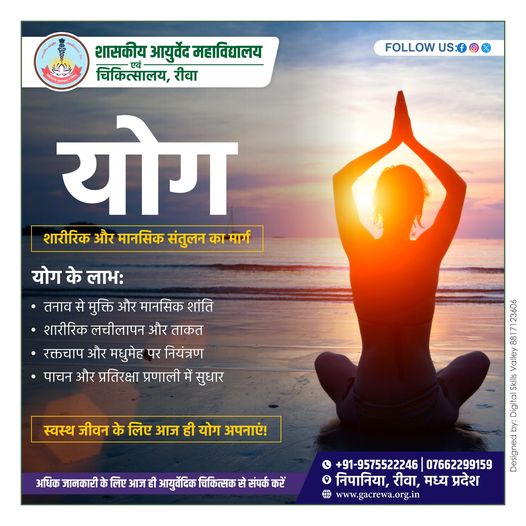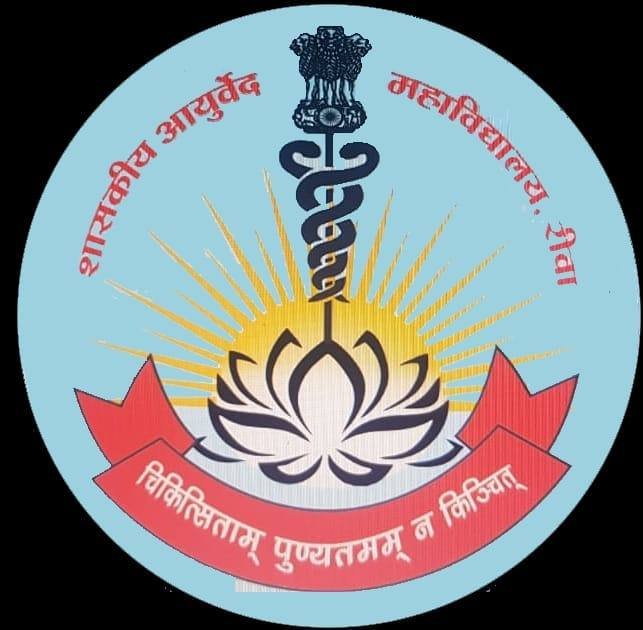Yoga: The Path to Physical and Mental Balance
Introduction to Yoga
Yoga is an ancient practice that originated in India thousands of years ago. It is a holistic approach to health and wellness that combines physical postures, breathing exercises, and meditation to achieve balance and harmony between the body and mind. Yoga promotes physical strength, flexibility, and mental peace, making it an invaluable practice for modern lifestyles filled with stress and challenges.
In recent years, yoga has gained global recognition as a powerful tool for enhancing physical and mental well-being. From improving flexibility and strength to relieving stress and enhancing immunity, yoga offers numerous benefits that contribute to a healthier life.
Benefits of Yoga
Reduces Stress and Promotes Mental Peace
Yoga helps to calm the mind and reduce stress by incorporating mindful breathing exercises and meditation techniques. Practices like Pranayama (breathing exercises) and Dhyana (meditation) allow individuals to relax, reduce anxiety, and achieve mental clarity. Yoga provides a sense of tranquility and peace, helping individuals cope with everyday stressors.
Enhances Physical Strength and Flexibility
Regular practice of yoga strengthens the muscles and improves flexibility. Asanas (yoga postures) like Surya Namaskar (Sun Salutation), Trikonasana (Triangle Pose), and Bhujangasana (Cobra Pose) work on different muscle groups, enhancing physical endurance and reducing the risk of injuries. Flexibility gained through yoga not only improves posture but also contributes to overall physical health.
Improves Immunity and Blood Circulation
Yoga practices, especially those involving breathing exercises and twists, stimulate blood circulation and help eliminate toxins from the body. This enhances the immune system and improves resistance to illnesses. A strong immune system helps the body fight off infections and reduces the likelihood of common ailments.
Manages Blood Pressure and Sugar Levels
Yoga can help in managing lifestyle-related diseases like hypertension and diabetes. Practices like Shavasana (Corpse Pose), Yoga Nidra, and meditation relax the nervous system, which can aid in lowering blood pressure. Similarly, specific postures and breathing exercises can help regulate blood sugar levels, making yoga beneficial for people with diabetes.
Enhances Digestive and Immune System Health
Certain yoga poses stimulate the digestive system, aiding in better digestion and nutrient absorption. For example, poses like Pavanamuktasana (Wind-Relieving Pose) and Ardha Matsyendrasana (Half Spinal Twist) massage the abdominal organs, improving digestion and reducing issues like constipation. Improved digestion also contributes to a stronger immune system, enhancing the body’s overall resilience.
Types of Yoga Practices
Hatha Yoga
Hatha Yoga focuses on physical postures and breathing exercises to balance the mind and body. It is ideal for beginners as it introduces them to foundational yoga poses and breathing techniques.
Ashtanga Yoga
Ashtanga Yoga is a dynamic form of yoga that involves a series of poses performed in a specific sequence. It emphasizes strength, endurance, and flexibility, making it suitable for experienced practitioners.
Kundalini Yoga
Kundalini Yoga combines physical poses, chanting, and meditation to awaken the energy at the base of the spine. This practice is beneficial for mental clarity, spiritual growth, and stress relief.
Vinyasa Yoga
Vinyasa Yoga is a flowing style of yoga where movements are synchronized with the breath. It helps improve cardiovascular health and physical endurance while also calming the mind.
Yin Yoga
Yin Yoga involves holding poses for extended periods to stretch and strengthen deep connective tissues. It enhances flexibility and provides a calming effect on the mind.
Incorporating Yoga into Daily Life
Yoga can be easily integrated into daily life to promote a healthy lifestyle. Practicing yoga even for 20-30 minutes each day can make a significant difference in physical and mental well-being. Beginners can start with simple breathing exercises and basic poses, gradually progressing to more complex postures.
Guidelines for Practicing Yoga
- Practice on an Empty Stomach: Practicing yoga on an empty stomach enhances its effectiveness, especially when focusing on deep breathing and abdominal postures.
- Wear Comfortable Clothing: Comfortable attire allows free movement, making yoga practice more enjoyable and effective.
- Find a Quiet Space: A calm and peaceful environment enhances concentration and focus during yoga practice.
- Listen to Your Body: Avoid overexerting and always listen to your body’s signals. Pushing too hard can lead to injuries.
Conclusion: Embrace Yoga for a Balanced Life
Yoga is not just a physical practice; it is a holistic approach to achieving a balanced and fulfilling life. By integrating yoga into daily routines, individuals can experience improved physical health, mental clarity, and inner peace. Whether you are looking to reduce stress, gain flexibility, or improve immunity, yoga offers numerous benefits for every aspect of life.
Government (Autonomous) Ayurveda College And Hospital, Rewa (M.P.)
For those interested in learning and practicing yoga, Shashakiya Ayurvedic Mahavidyalaya and Chikitsalaya in Rewa, Madhya Pradesh, provides yoga therapy sessions under expert supervision. The institute offers various yoga programs that cater to individuals seeking physical and mental well-being.
Contact Information:
- Phone: +91-9575522246 / 07662299159
- Address: Nipaniya, Rewa, Madhya Pradesh
- Website: www.gacrewa.org.in
“Embrace yoga today for a healthier tomorrow!”
Through the regular practice of yoga, you can embark on a journey of self-care, nurturing both your body and mind for a healthier, more balanced life.


